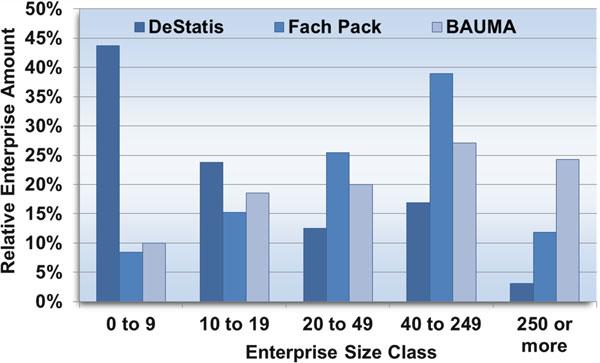13 Entrepreneurial Risk Without Return? Empirical Evidence from Self-Employed…
119
In total while economic theory of entrepreneurship maybe a valid description in general, specific details have to be analysed in order to understand and explain selfemployment decisions more fully.
13.2 13.2.1
Theoretical Backgrounds Theories of Self-Employment Decisions-Making
Audretsch (2012) states the multitude of approaches and perspectives of entrepreneurial research. One category in entrepreneurial research is the focus on the organisational context and its prevalent theoretical framework of income choice: individuals make decisions for or against self-employment by weighing cost and benefits of self-employment versus paid employment (Douglas and Shepherd 2002). That raises two subsequent questions: What factors influence such a decision and do self-employed experience the expected benefits after their decision? The literature mentions plenty of contingent factors which can be grouped in (a) personal characteristics like education or self-perception as entrepreneur, (b) firmspecific characteristics like amount of working hours or starting a business with others and (c) environmental characteristics like industry, regulation or cost of starting a business (Cholotta and Drobnič 2009). Looking past an initial decision to begin with self-employment, some argue the main success factor of entrepreneurs is their survival in business (van Praag 2003). Yet, economic theory sets the hurdle higher: self-employed individuals should earn a profit on average higher than with paid employment because of the higher uncertainty they face (Ravi Kanbur 1982). The literature offers several explanations for the so-called income differential between self-employed and paid employed (Hamilton 2000): Investment and agency: cross-sectional differences exist due to better exploitation of an individual’s social and human capital investment by her while lack of agency reduces steepness of income profiles compared to paid employment. Matching and learning: individuals match their abilities (self-selection) to areas where it fits better or learn to adapt to such an area and quit respectively if it does not fit. Superstar: due to minor differences amplified over time, some can earn extremely more than others which attract followers, but only a minority will be superior. The median income could then be lower than for paid employed individuals. Compensation: lower earnings are compensated by other benefits like independence, autonomy, job satisfaction. Return on entrepreneurship and self-employment is more volatile and its distribution is extremely skewed compared to paid employment (Hall and Woodward 2010; van Praag and Versloot 2007). According to Hamilton (2000) the median entrepreneur earns less than her paid counterpart. He explains the negative income differential explained mainly by compensating factors for income i.e. self-employed sacrifice income for other benefits.






